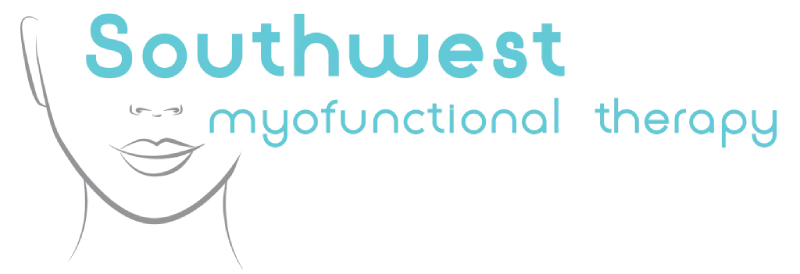Treatment of orofacial myofunctional disorders (OMDs)
In our last series of posts, we looked at symptoms of orofacial myofunctional disorders, or OMDs. This time, we’ll discuss how to relieve those symptoms and combat their underlying causes with orofacial myofunctional therapy (OMT). There are many types of OMDs, but most of them have to do with improper posture of the muscles of the tongue, mouth, and jaw. Let’s take a look at some of the most common OMDs, and how myofunctional therapy can be used for treatment of OMDs.
Treatment of tongue thrust with myofunctional therapy
Tongue thrust occurs when the tongue pushes against the teeth rather than the hard palate during swallowing. This misplaced force pushes the teeth out of alignment over time, leading to a variety of issues, both dental and otherwise.
The vast majority of tongue thrust cases can be corrected through a program of exercises under the supervision of a myofunctional therapist. These exercises retrain the posture of the tongue so that the forces of swallowing are properly directed. However, myofunctional therapy can only succeed in treating tongue thrust if the patient does their exercises consistently. In a large majority of cases where the patient keeps up with their exercises, the tongue’s posture can be successfully retrained and the disorder alleviated.
Treatment of TMD with myofunctional therapy
Temporomandibular disorder, or TMD, affects the temporomandibular joint – the connection between the jaw and skull. Sufferers of TMD experience jaw pain, clicking or locking of the jaw, headaches, and other uncomfortable or painful physical symptoms.
Myofunctional therapy helps strengthen, properly align, and relax the muscles of the face and jaw, offering relief for many sufferers of TMD. The tongue, mouth, and jaw are deeply interconnected, and proper posture, mobility, and strength of all three are essential to a healthy, pain free jaw.
Check back soon for Treatment of OMDs with Orofacial Myofunctional Therapy, Part 2. In the meantime, check out our page on treatment of OMDs.
Office Hours
MON - THU8:30 am - 5:00 pm
FRI - SUNBy appointments only






